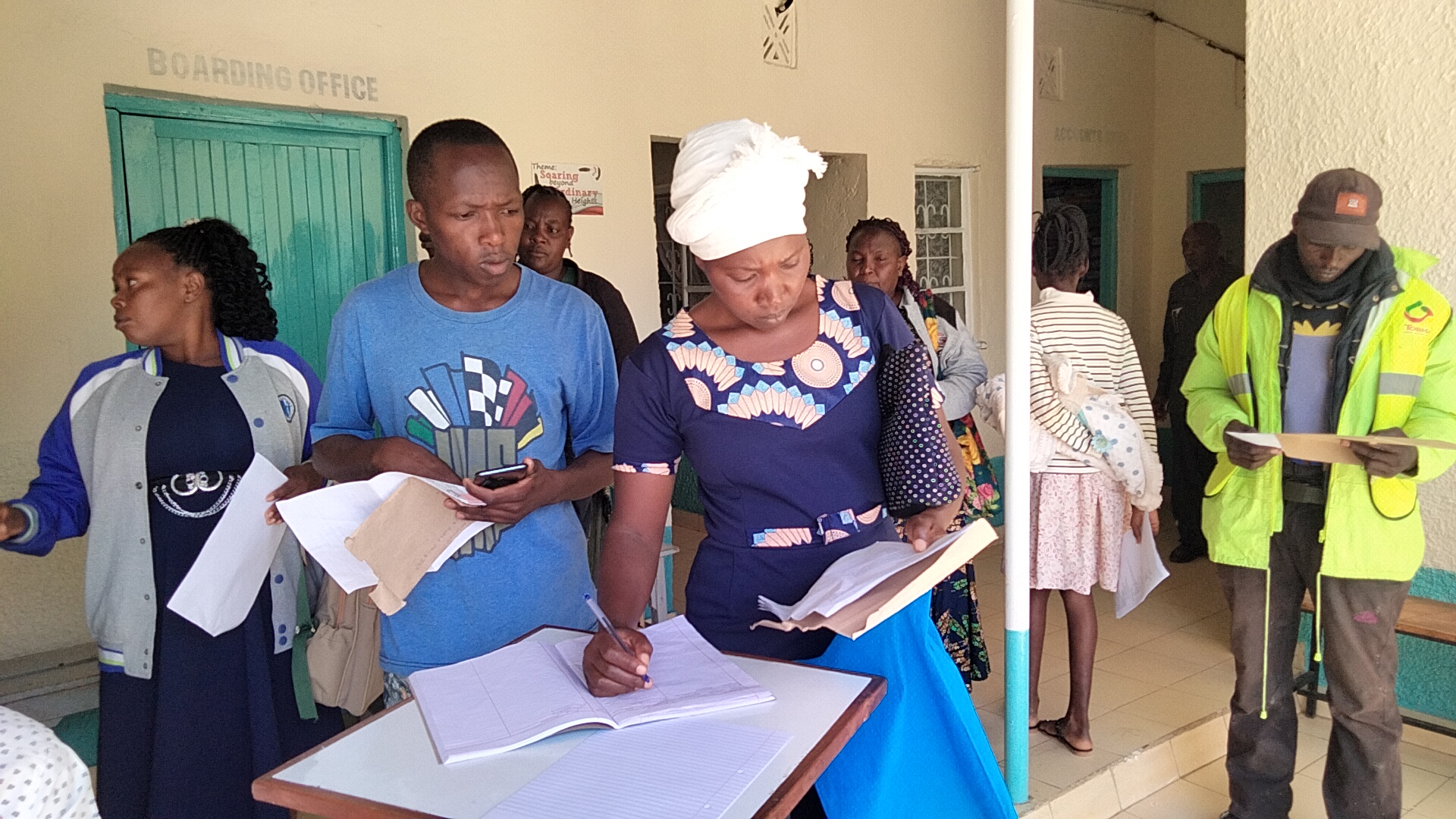A research conducted across Africa has revealed that inadequate teaching and learning resources and facilities has led to Africa lagging behind in access to Science, Technology, Engineering, and Mathematics (STEM) education.
The research data released in Centre for Mathematics, Science and Technology Education in Africa (CEMASTEA) during a policy dialogue forum on integration of STEM education and play-based pedagogies in African education was conducted in African countries in 2020 and between October 2022 and June 2023 respectively for high school and primary school learners.
The study conducted by Association for Development of Education in Africa sampled primary schools in 10 countries; Eswatini, Kenya, Ivory Coast, Malawi, Mauritius, Mozambique, Nigeria, Rwanda, Senegal and The Gambia.
For secondary level, it involved 9 countries; Angola, Botswana, Namibia, South Africa, Kenya, Rwanda, Uganda, Ghana and Morocco.
Association for Development of Education in Africa, Inter-Country Quality Node on Mathematics and Science Education (ICQN-MSE) coordinator Mary Sichangi said the research involved 185 secondary school teachers of STEM, 65 principals / directors of secondary schools, 36 education officials at sub-national level, and 17 senior education officials at HQs.
Sichangi who is also head of Partnerships & Linkages Department and Senior Teacher Trainer, Mathematics Education at CEMASTEA, revealed that in secondary level, other challenges including poor teacher pedagogical practices, student lack interest in the subject, insufficient number of teachers of STEM, gender stereotypes and irrelevant STEM curriculum.

Some strategies addressing quality of STEM education are identified in education sector plans, some schools and sub-geographies had a School d development Plan (SDP) and regional education strategic plan that includes an objective on improvement of STEM education.
Some countries have made good progress in developing KPIs for tracking quality of STEM education.
The research revealed that there was no specific stand-alone institution in any of the countries charged with quality assurance of STEM education.
The report recommended STEM education policies and curriculum reforms, resource mobilization, prioritization and utilization, teacher training, CPD (include communities of practice), motivation, and working conditions.
Others are comparative analysis of trends in attendance and performance, unique quality assurance and standards mechanisms, mentorship, coaching and outreach programmes and school leadership development support, and parental support.
Recommendations in primary level include policy on STEM education at basic learning level, mapping and sharing of play-based STEM education interventions, and resource mobilization to fund play-based STEM education.
Others are adequate staffing with STEM teachers at primary school, strengthening CPD and pre-service for teachers in STEM pedagogical, content knowledge, and school leadership training programmes on management of STEM education among others.
YOU MAY ALSO READ:
KESSHA confirms second term capitation funds have reached school accounts
By Obegi Malack
obegimalack@gmail.com
You can also follow our social media pages on Twitter: Education News KE and Facebook: Education News Newspaper for timely updates.
>>> Click here to stay up-to-date with trending regional stories






